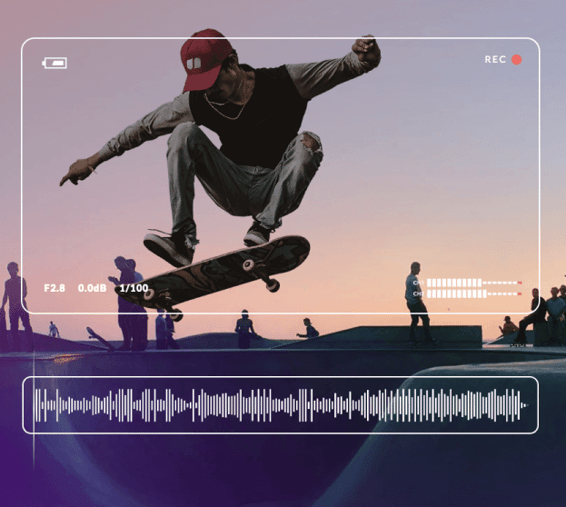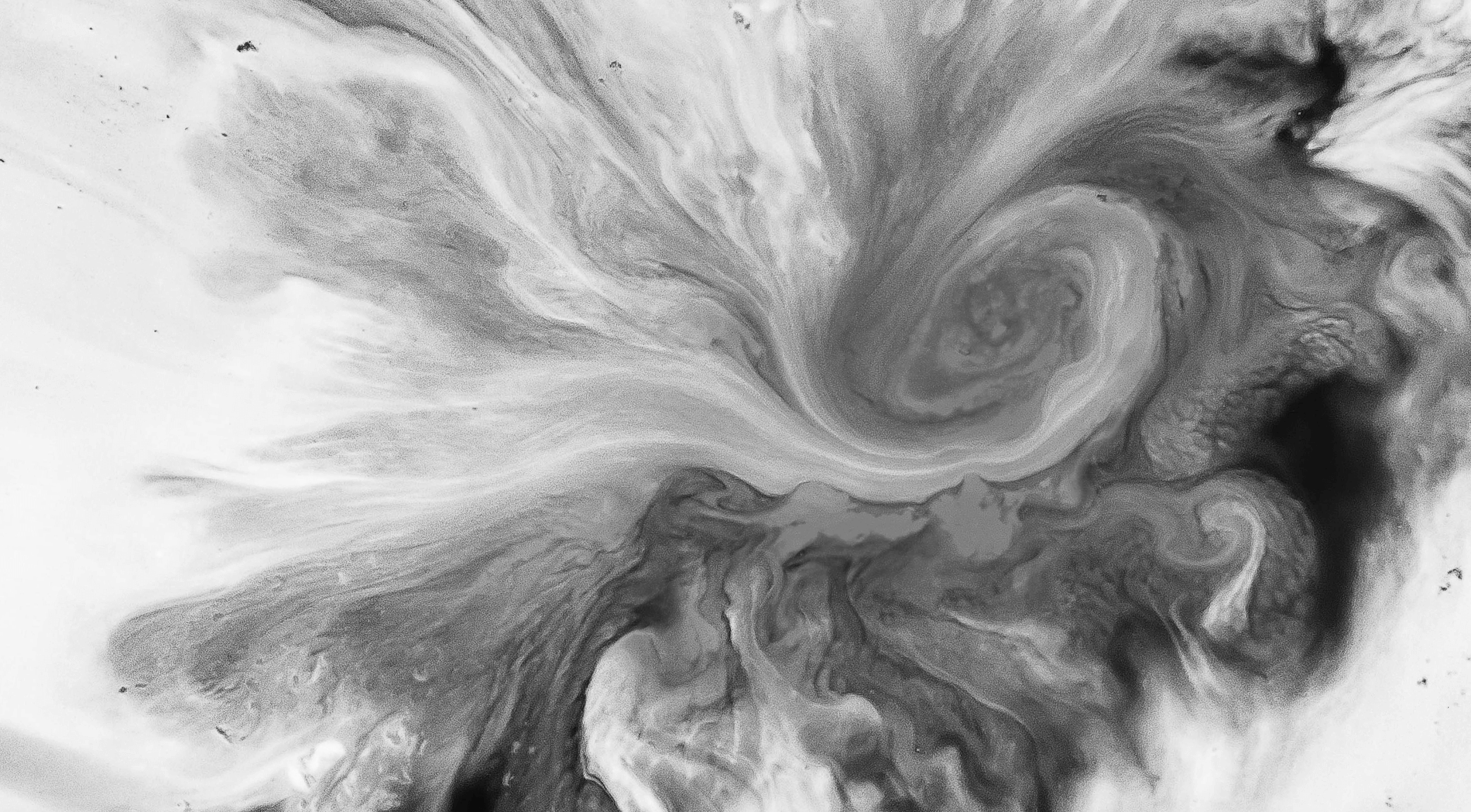Welcome to Outstanding
Royalty Free Suspense Music






Listen to Our Best Royalty Free Suspense Music
We know the right song can make or break your project. That’s why every track in our library is vetted by award-winning producers. Hear for yourself. We've curated a playlist with our best suspense background music.
Looking for something different?
We got you. From classical to hip hop to indie, our audio library contains thousands of outstanding tracks. Use one of our 13 filters or check out other curated playlists to find what you need in minutes.
BROWSE THE FULL CATALOG
Dead Simple Licensing
Never worry about licensing again. With Soundstripe, your membership covers the cost for every song license. Just find the right track, download the file, and get a custom license. That’s it. No channel or media-specific fees, no recurring royalties, ever. Here’s more good news: you have unlimited licenses. Go ahead, download as many songs as you want.
Keeping The Audience On The Edge Of Their Seats With Suspense Music
When suspense music enters into a film’s score, the audience is on full alert.
Filmmakers masterfully use suspenseful on-screen elements to evoke feelings of unease, anticipation, and even fear in viewers.
Building suspense begins with creating a strategic shot list.
If a scene is slated to take place in a specific setting, you account for the important visual details in the shot list — considering everything from the camera shots and lighting to the props and decor.
At the same time, you plan for how sound design and music accompaniments will integrate into the film.
Suspense music complements, but can also contradict, the visuals in a scene. Take for instance footage of a child riding a tricycle down a hallway and turning a corner.
The imagery itself doesn’t trigger our brain’s fight or flight response. But when this footage is paired with suspense background music, the scene transforms into something eerie.
This scene taken from The Shining (1980) demonstrates how — regardless of what’s happening on-screen — any shot becomes haunting or chilling with the right music.
In this piece, we’ll examine a few of the instruments and techniques involved in creating suspense music.
To ensure that you have all that you need to build suspense in your next project, we’re also sharing how you can find the best suspense music without running into licensing issues.
How Creators Compose Suspense Music
Filmmakers must strike a careful balance between timing and music to create suspense.
If the music isn’t right or doesn’t pair well with the visuals, the scene isn’t nearly as powerful as it could be. If the right music extends the feeling of suspense for too long, the audience becomes less engaged.
There’s a reason why films like Psycho (1960) and The Shining are powerful. The suspense builds up to a crescendo, which typically coincides with an intense on-screen action or conflict.
Long after the final credit roll, viewers are able to recall moments that made the hair on the back of their necks stand up. Composers commonly use string instruments and synthesizers to achieve this effect.
And oftentimes, layering the sounds will make the music even more unsettling.
Though most modern-day music productions come together digitally, the musical innovations of the near and distant past have impacted the way creators produce suspense music.
Experimental instruments like the waterphone, theremin, and Apprehension Engine are well-known because of the distinctly suspenseful sounds produced.
1. Waterphone
As you can see from the video above, the waterphone has a unique structure.
Bronze rods of varying lengths connect to the base of the instrument, but what you can’t see is that this base is filled with water.
To use this instrument, you brush a bow or other tool of your choice against the rods and tilt the waterphone to manipulate how the sound carries.
This waterphone got its name from the inventor Richard Waters who patented his invention in 1975. In the years since, it has been used in films like The Poltergeist (1982) and The Matrix (1999) to enhance suspense through music and sound effects.
2. Theremin
Russian inventor and classically trained cellist Lev Sergeyevich Termen — commonly referred to as Leon Theremin — made a musical discovery in 1920 that had a lasting impact on suspense music as we know it today.
He discovered that there was a way to produce music without ever touching an instrument.
Specifically, Termen found that connecting audio circuits to an oscillator produced a sound that was altered if any item moved close to the device.
This instrument, as shown in Carolina Eyck’s performance of “The Flight of the Bumblebee,” has a vertical antenna and a horizontal loop antenna. The former affects the pitch of the sound whereas the latter affects the volume.
Through intentional and even dance-like movements, musicians produce a distinct type of suspense music with a theremin instrument.
3. Apprehension Engine
The Apprehension Engine is among the most innovative musical wonders to be developed in the 21st century.
Film composer Mark Korven commissioned Tony Duggan-Smith to invent a new kind of instrument — one that was capable of producing cinematic-worthy and experimental sounds.
Duggan-Smith successfully crafted an instrument that could produce nightmarish sounds without relying on digital techniques.
With the Apprehension Engine, Korven uses the instrument’s strings, ebow, reverb tank, and metal rulers to produce eerie sounds and experiment with the ways different sounds work together.
A Classic Example Of Suspense Music In Film
Misery (1990)
The suspense in this scene from the film Misery builds as Paul (James Caan) attempts to return to his room without being caught by Annie (Kathy Bates).
As Annie draws nearer to the house, the music intensifies and quickens in such a way that the audience is fully-engaged in the moment. The stakes are highest as Paul tries to lock the bedroom door in the same instant that Annie is unlocking the front door.
Throughout this clip, suspense music keeps the audience on the edge of their seat until the moment when Paul presumably pulls off the feat without being discovered by Annie.
The Best Royalty-Free Suspense Music For Your Next Project
As a creator, you understand firsthand how complex the music licensing process can be.
With deadlines and budgets to contend with, there’s not always enough time or resources to get the proper licenses from a song’s copyright holders — especially when there is more than one.
Soundstripe offers a cost-effective and timely alternative to make your production process as seamless as possible.
With a monthly or annual subscription, you receive full-access to a growing stock library of royalty-free music, video, and sound effects. This means that you can bypass weeks of negotiations and license any song for any project, hassle-free.
If you’re in search of the best suspense background music for your project, you don’t have to look any further.


Have questions? Give us a call
855.224.0847
Soundstripe - Unlimited Music for Video
© 2017-2020 A Product of Soundstripe, Inc
Nashville TN



